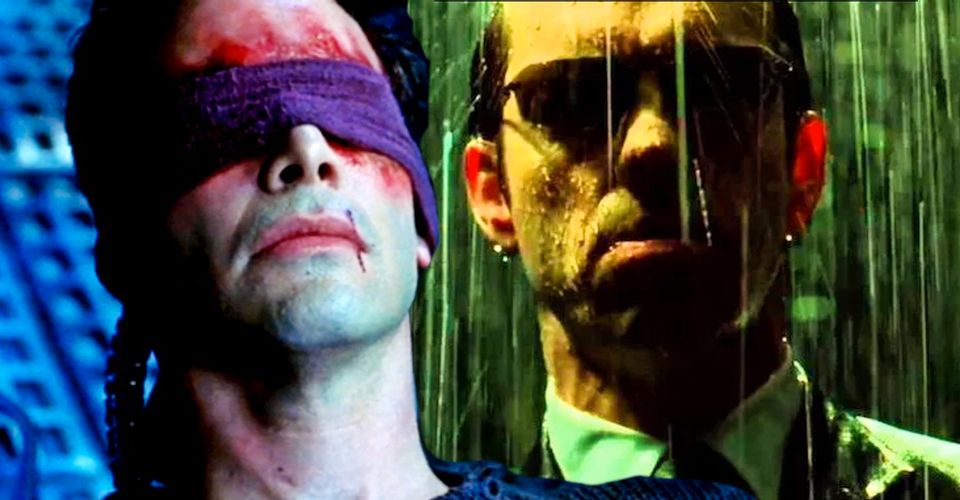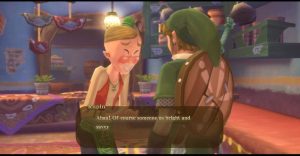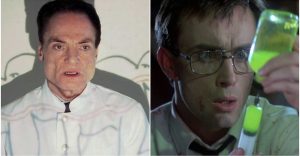Moss Is Wrong, You Need The Old Matrix Movies To Understand Resurrections

Despite what Carrie-Anne Moss says, you need to see the previous Matrix movies to really understand The Matrix Resurrections. Resurrections is the fourth installment in The Matrix franchise, which began all the way back in 1999. The new film, directed by Lana Wachowski (the first film in the series she’s helmed without sister Lilly Wachowski), does recall plenty from the first three films, but whether it’s necessary for viewers to have seen the previous sequels — The Matrix Reloaded and The Matrix Revolutions — to understand The Matrix Resurrections has been a subject of debate.
The Matrix Resurrections is set decades after the events of the first three Matrix films, which saw the machines broker peace with the humans. Neo (Keanu Reeves) is back as Thomas Anderson, this time a game developer for the company Deus Ex Machina, whose most popular game trilogy just so happens to be the plot of The Matrix. Neo, doesn’t remember his previous life but when he’s ultimately “freed” by Bugs (Jessica Henwick) and Morpheus (Yahya Abdul-Mateen II), he finds answers when he reunites with Trinity (Carrie-Anne Moss). And for Carrie-Anne Moss, Neo’s problematic memory of past Matrix timeline events is paralleled perfectly in the lack of any real need to see the previous movies. She told Cinemablend that she believes viewers can just jump in and watch Resurrections as a starting point,
There are significant story elements in The Matrix Resurrections that require previous knowledge of The Matrix films that came before. How the story ended for Trinity and Neo and how Niobe factors into the old films are things that are brought back up in The Matrix Resurrections and such is the meta concept of Resurrections that any real sense of understanding or enjoyment of the underlying message aimed at Matrix fans would not ring true. Admittedly, the fourth Matrix film is fairly heavy on exposition to explain the past and particularly The Matrix Reloaded and The Matrix Revolutions and there are flashbacks to aid the audience, but it’s a nostalgic, self-referencing experience built on the collective consciousness of the Matrix fan community.

It’s been nearly two decades since The Matrix Revolutions was released and the archival footage is useful for those who haven’t seen the films since their original release, as well as for those who haven’t watched the sequels. The Matrix Resurrections pulls from aspects of the sequels to bring the story up to date, but it draws most of its influence from the first film, making The Matrix an essential rewatch. The sequels may be less essential for those who’ve watched and remember The Matrix, as knowledge of the characters and overall storyline from the film is enough to piece together the arc of the fourth installment, but there’d be a missing element. Though a big part of The Matrix Resurrections’ brilliance is in its ability to keep elements of the past vague enough while forging a new story, the commentary on even getting the movie made is incomplete without the first step in expanding the Matrix story – the sequels.
The nostalgia is certainly built into The Matrix Resurrections, but having to know all of the specific story details from The Matrix’s sequels perhaps isn’t needed to get what Wachowski is ultimately going for. So long as audiences understand the general premise of what happened in both The Matrix Reloaded and The Matrix Revolutions after watching The Matrix again, then The Matrix Resurrections does work on its own merits. It just wouldn’t entirely capture the subtext to miss out having experienced the original Matrix trilogy already. So while Carrie-Anne Moss is correct in saying new fans could use this as an entry point, there is so much built into Resurrections for Matrix fans that it seems almost alien to suggest a separation.
About The Author


















